 From Monte Finestra, which dominates with the Cerreto and the Trivento the fertile valley crossed by the Satrono river, on the eastern side of the Lattari Mountains, one glance is enough to embrace them all. Thirteen historic hamlets form Tramonti, the Municipality scattered in the interior of the Amalfi Coast precisely located “intra montes” as its name indicates, which does not correspond to any of the ancient hamlets, but identifies their union by the strong historic, economic and human roots.
From Monte Finestra, which dominates with the Cerreto and the Trivento the fertile valley crossed by the Satrono river, on the eastern side of the Lattari Mountains, one glance is enough to embrace them all. Thirteen historic hamlets form Tramonti, the Municipality scattered in the interior of the Amalfi Coast precisely located “intra montes” as its name indicates, which does not correspond to any of the ancient hamlets, but identifies their union by the strong historic, economic and human roots.
Mostly shared with the nearby Amalfi, from which they borrowed a widespread wealth due to the rich commercial exchanges of the Marine Republic of which Tramonti was one of the “eight lands”, precious because it guaranteed security on the northern border. Not by chance, the sailors from Tramonti, regardless of the place they had landed in the Mediterranean, they were considered from Amalfi. Seamen, but also dedicated to agriculture and livestock with great results. Both were practiced since the most ancient times of the settlement in the valley. On the hills, the different hamlets have been developed and enveloped.
Picentine refugees were the first to take possession of those lands covered by woods and rich in water, in order to avoid the Roman occupation of the Reghinna coast, the actual Maiori. Together with other groups of Etruscan and Italic origin, they founded the first hamlet around the 5th-6th century BC: Cesarano, which was for a long time the main centre of the valley. Even after the progressive demographic growth had given rise to other residential areas in the neighbourhood, so much that in medieval era, the villages of Tramonti were more numerous than the actual thirteen.
Due to its strategic position in the interior, tramonti played an important role in the defense of Amalfi from the Lombard attacks at the time of Arechis II and until the proclamation of the maritime Republic on 1st of December 839. Unintentionally, the valley of Tramonti was the protagonist of the militar events which led to the defeat of the Republic by the the Norman invaders. The castrum of Montalto, on Mount Trivento, has been the theatre of the courageous resistance of Tramonti people in 1227 and its capitulation marked the end of the Republic and also the economic decline of Tramonti., which was for centuries a fiefdom of the different dynasties succeeding on the throne of Naples to their most trusted allies and supporters. In fact, Tramonti got involved in the battle Angevins and Aragonese. When king Ferdinand I ascended the throne, Eleonora Orsini lined up Tramonti against the sovereign, who in 1460 obtained the pacific surrender of all the hamlets, except Cesarano. In 1461, mindful of the support of Tramonti people, the king issued several privileges in their favour, excluding the inhabitants of the hostile village. The castrum of Montalto was abandoned and replaced with the new fortress of Santa Maria la Nova, of which the prince of Salerno Raimondo Orsini started the construction in 1457, when Alfonso the Magnanimous was still the king of Naples. In 1480, after the defeat of Sarno, during the conflicts against the unfaithful barons, Ferdinand I found refuge in Tramonti, so that, once the kingdom again under his control, he declared the Tramonti citizens to be noble.
The district of Polvica is the administrative centre of Tramonti Municipality, with the Franciscan complex of the church and of the convent dedicated to Saint Francis of Assisi, patron saint of Tramonti, dating back to 1474. Over the centuries, the convent has represented a meeting and gathering place of the inhabitants of the whole valley.
The other twelve districts correspond to as many historic hamlets, each one with its parish and it monuments and beauties to visit. There is Pucara with the parish of Sant’Erasmo and the conservatory of Saint Giuseppe e Teresa, founded between 1662 and 1676 in order to welcome young Neapolitan maidens and which ten became the convent of the nuns of Saint Giuseppe e Teresa, which has welcomed several times Sant’Alfonso Maria de’ Liguori. There is Novella, with its beautiful church of Saint Bartolomeo the Apostle and Sant'Antonio, co-patron of Tramonti. There is Gete, famous for a rock chapel dedicated to Saint Michel the Archangel, obtained in a natural cave in the rock, where ancient sepulchres have been excavated. There is Ponte with the parish of San Felice da Nola. There is Campinola, where the parish church of San Giovanni Battista guards an altarpiece representing the Madonna between Saint John the Baptist, saint Francis presenting the patron Francesco Telese and musicians from 1608, work of the Umbrian artist Ippolito Borghese, and a valuable organ by Carlo Rossi from 1729. The Giardino segreto dell’anima in the territory of Campinola is of considerable botanic interest and comprise eight terraces, with a citrus grove, an important rosebush and a rich collection of medicinal plants. There is Corsano with its parish of Santissimo Salvatore. There is Capitignano with the church dedicated to the Blessed Virgin Mary, There is Pietre, where the church of San Felice di Tenna is in a splendid position, open with its bell tower and the rectory on a large churchyard; rebuilt after the 1688 seism with one nave, while formerly it had three, shows works and stuccoes in a Baroque style, whereas the facade is in a Neoclassical style. There is Figlino with the ancient church of San Pietro the apostle, which has a valuable maiolica pavement from the Capodimonte school illustrating peacocks, symbol of eternity, and lemons, symbol of Amalfi and its coast; the painting from the Baroque age and the Renaissance bas-relief are important as well; below the church there is a crypt with Byzantine frescoes not open to the public. There is Cesarano, the most ancient hamlet under the Cerreto Mount, whose parish church, dedicated to Saint Mary of the Assumption, was built on the ancient fortification, initially with a single Latin-cross nave to which, on the Sixteenth-century plan, were added two more naves and the bell tower; it houses two paintings by Luca Giordano: the Assumption of the Virgin Mary on the main altar and the Crucifixion; you can see a precious reliquary bust of San Trifone, requested for graces received after the plague of 1656, to which Tramonti people are very devoted. There is Paterno Sant’Arcangelo with its church of the Ascension and the parish of Saint Michael the Archangel. There is Paterno Sant’Elia with Trivento mount, which can be reached along a wonderful path, where the castrum of Montalto stood, sacked in 1422 during the war between Philippe II of Anjou and Alfonso V of Aragon and then conquered by Ferdinand I in 1461, and since then abandoned in favour of the new castle of Santa Maria la Nova; the chapel of Santa Caterina stands on the ruins; the church of Sant’Elia has a portal made of lava stone sculpted and a baptismal font from 1458 with the emblem of Tramonti, three mounts surmounted by a half moon.
The thirteen churches of the thirteen hamlets are connected by the Trail of the Thirteen Churches, 14 kilometres to follow at different heights up to 500 meters. And not to be missed, on a hill in the centre of the valley, the fifteenth-century Castle of Santa Maria la Nova, built with a rectangular plant, with sixteen limestone towers and imposing walls, which included apartments, kitchens, prisons, stables, basements. In the nineteenth century, it was turned to a municipal cemetery. Part of the city wall, the thirteen towers and the chapel of the Virgin Mary, where the priests of all the Tramonti hamlets gathered, is still kept.


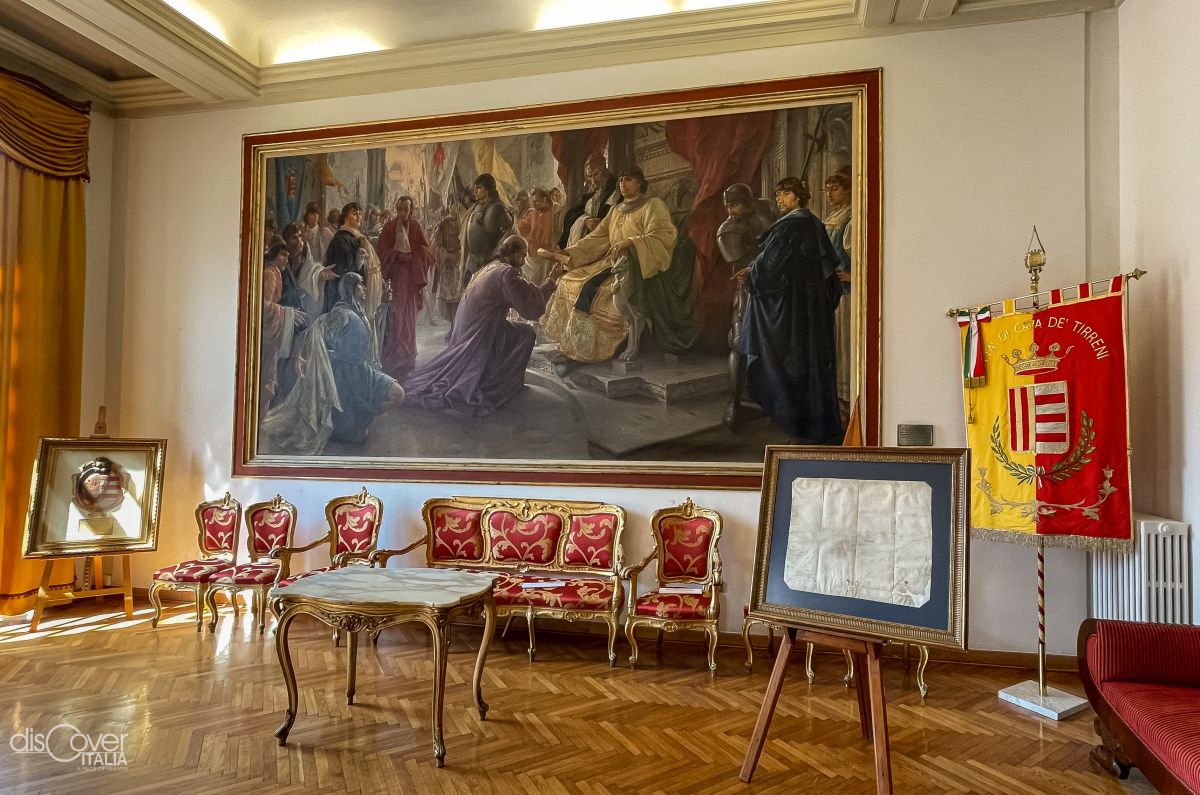

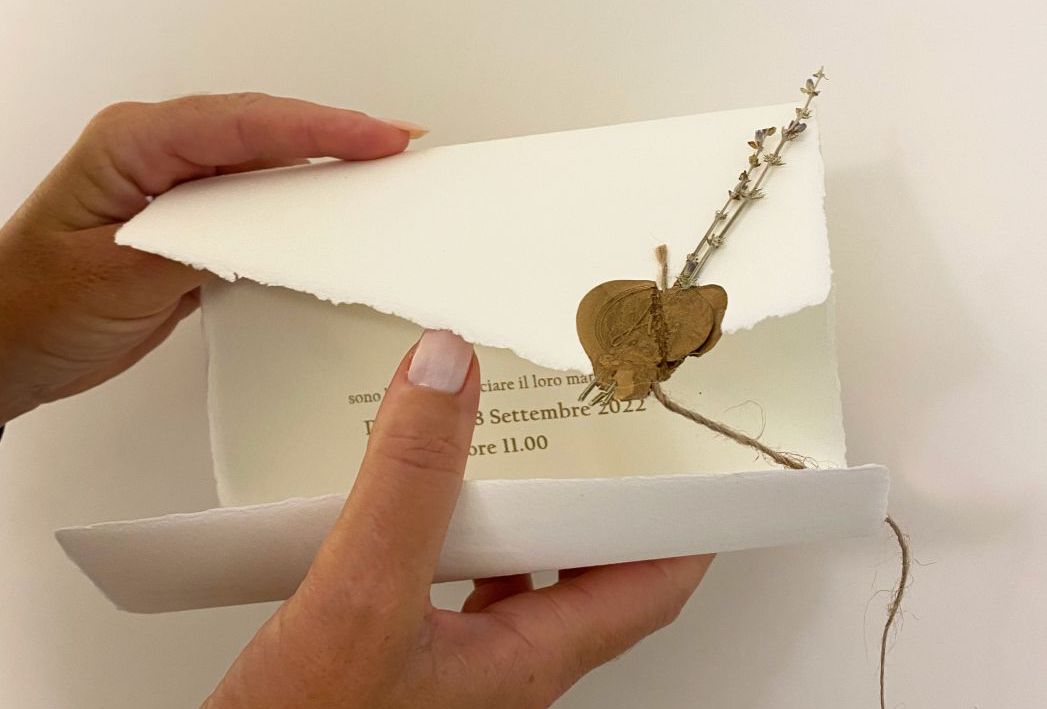
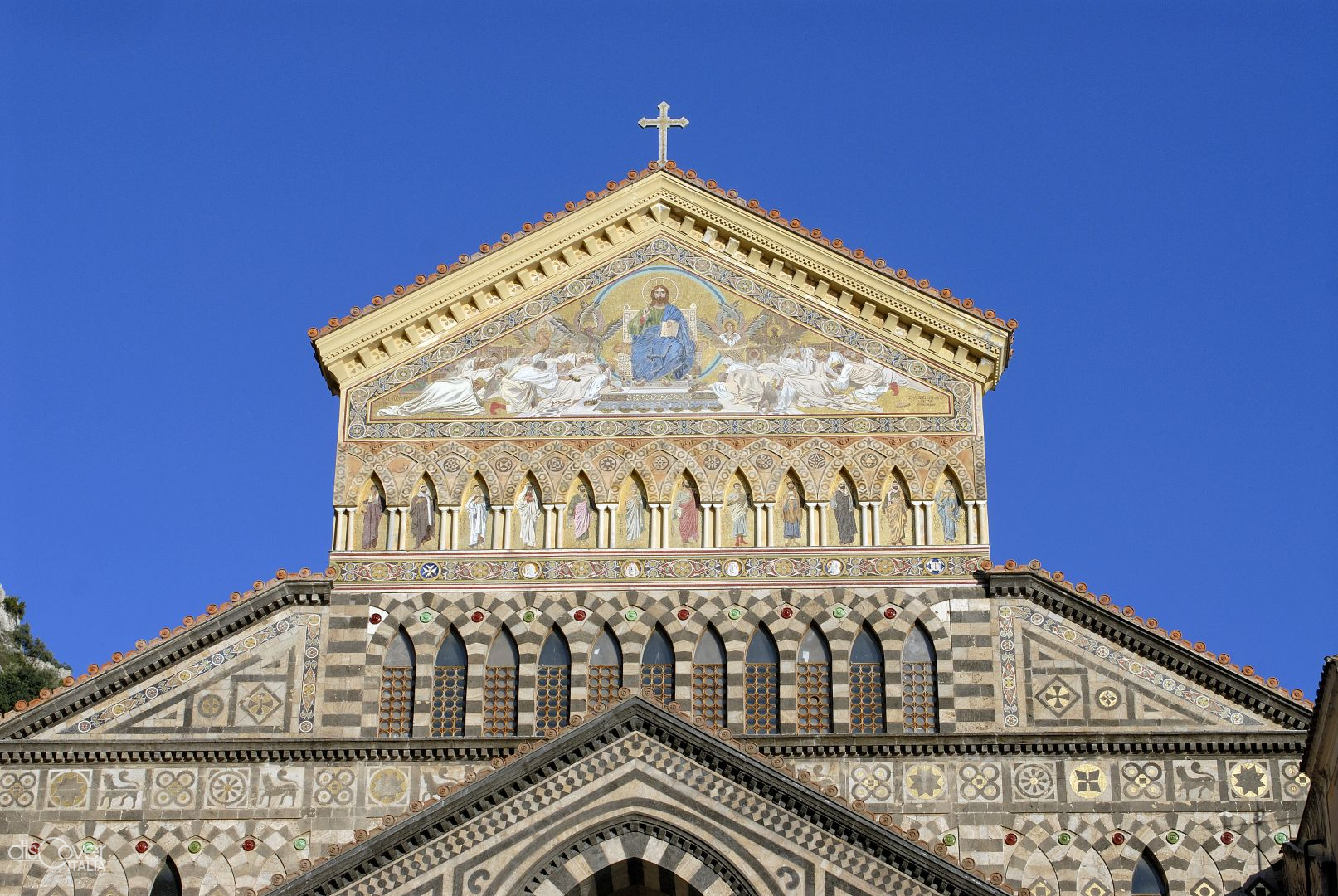

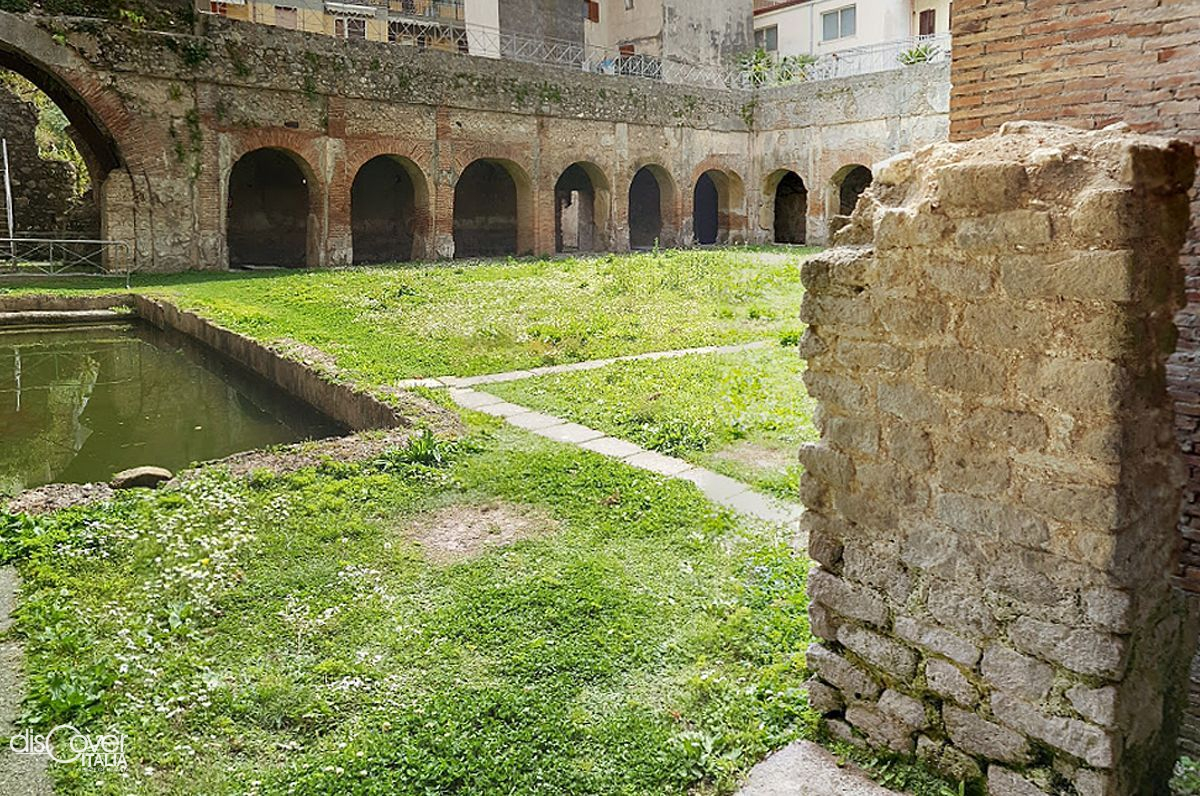
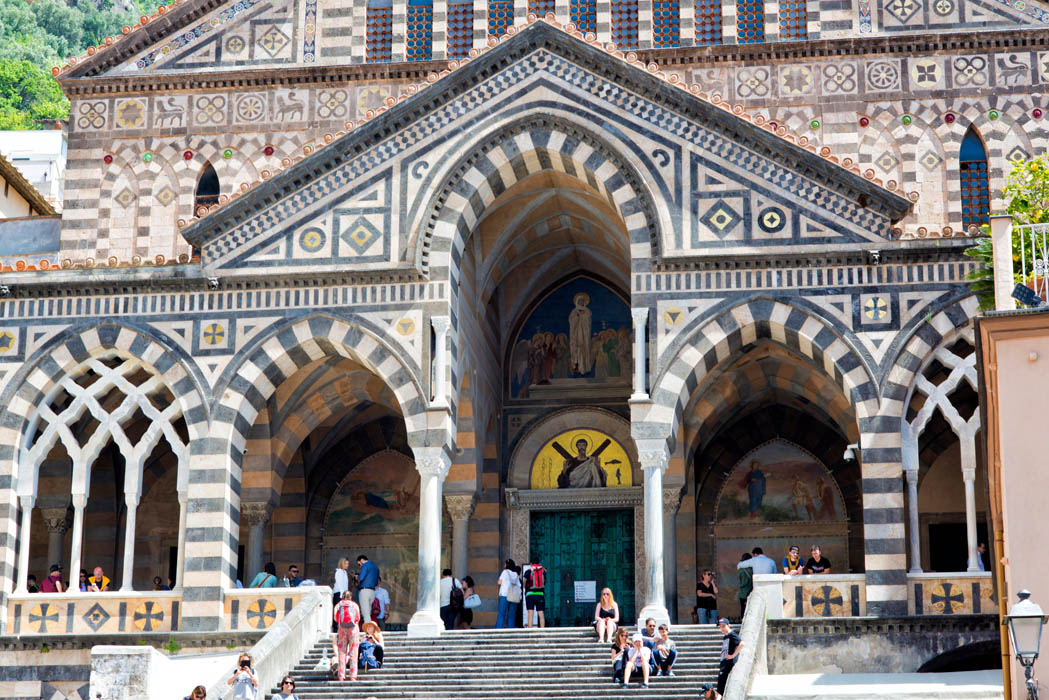


Comments powered by CComment